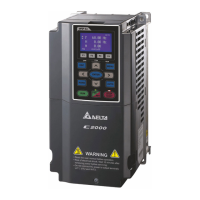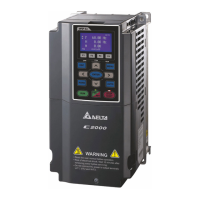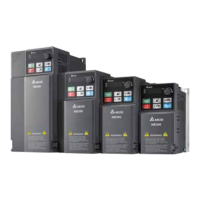Chapter 16 PLC Function Applications│CP2000
16-134
Special D Description of Function R/W
D1073 CANopen break channel (bit0=Machine code0 …….) R
D1074
Error code of master error
0: No error
1: Slave station setting error
2: Synchronizing cycle setting error (too small)
R
D1075 Reserved -
D1076 SDO error message (main index value) R
D1077 SDO error message (secondary index value) R
D1078 SDO error message (error code L) R
D1079 SDO error message (error code H) R
The second area is for basic CANopen settings: (the PLC must have stopped when
this area is used to make settings)
We must set the information exchange time for the master and slave station,
Special D Description of Function Default: R/W
D1090 Synchronizing cycle setting 4 RW
Use D1090 to perform settings; setting time relationships include:
For instance, when communications speed is 500Kbps, TXPDO + RXPDO have 8 sets,
and synchronizing time will require more than 4 ms
We must also define how many slave stations will be open. D1091 is the channel for
defining station opening, and D2000+100*n is the station number defining this channel. See the
detailed explanation below.
Slave station number n=0-7
Special D Description of Function R/W
D1091
Sets slave station On or Off (bit0–bit 7 correspond to
slave stations number 0–7)
RW
D2000+100*n Slave station number RW
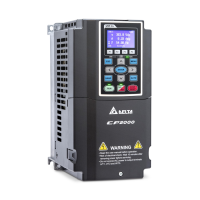
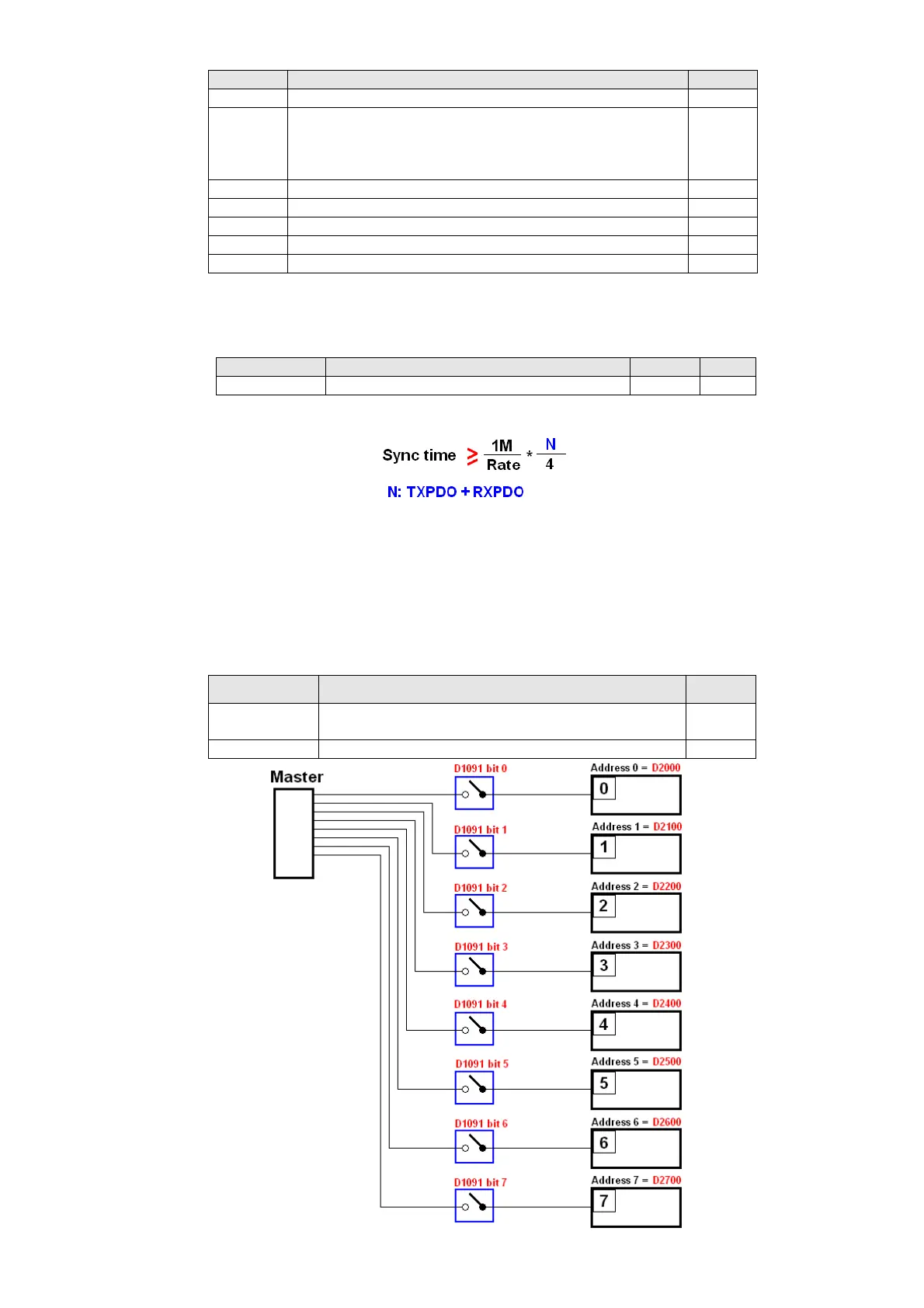